What Are Lab-Grown Diamonds?
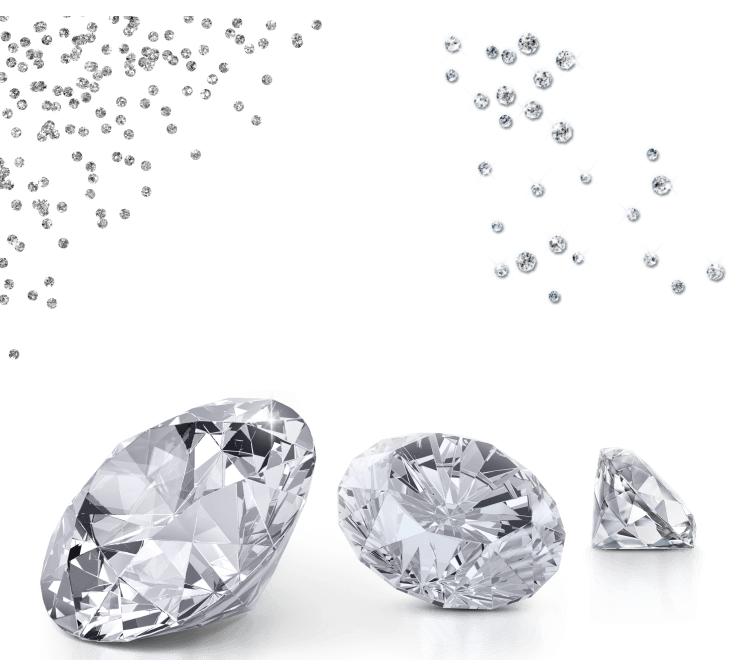
Learn About Lab-Grown Diamonds
What Is a Lab-Grown Diamond?
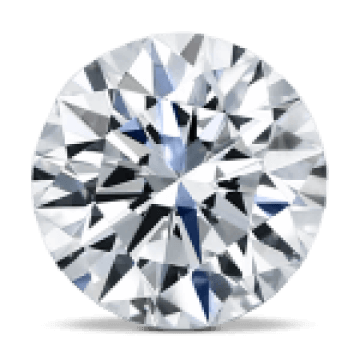
Round Shaped
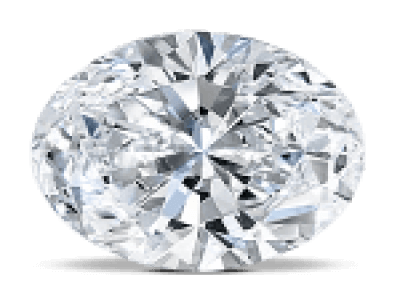
Oval Shaped
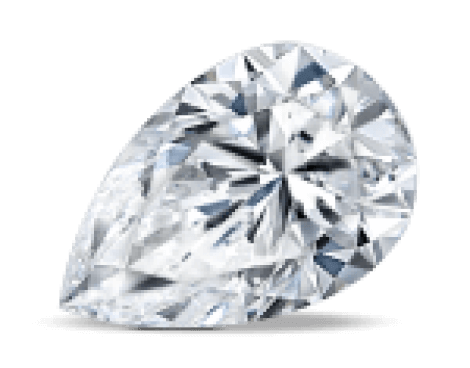
Pear Shaped
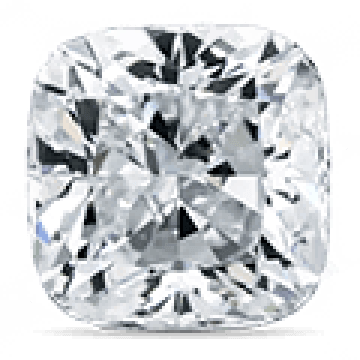
Cushion Shaped
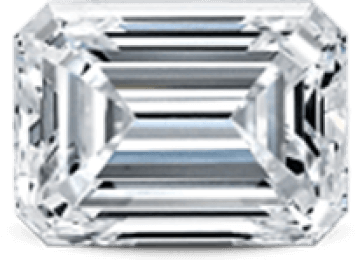
Emerald Shaped
Learn About Lab Grown Diamonds
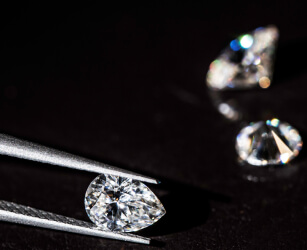
Ethical and Eco-Friendly:
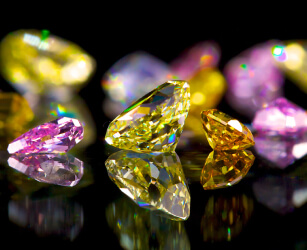
Affordable Luxury:
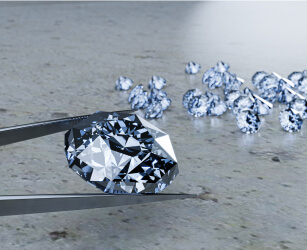
Quality and Purity:
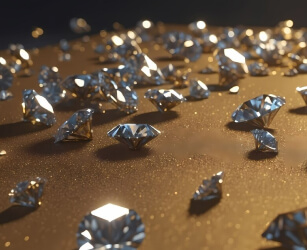
Innovation and Customization:
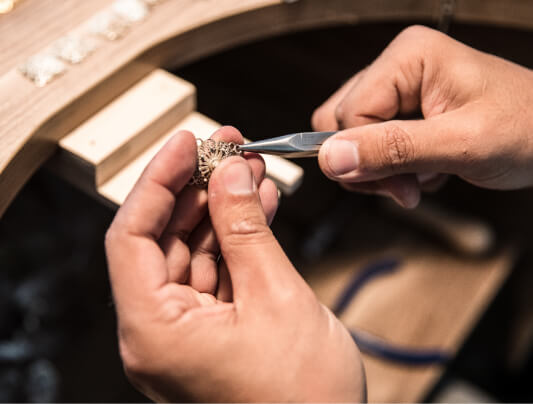
Lab Diamonds vs Natural Diamonds
"When comparing lab-grown diamonds to natural diamonds, the key difference lies in their origin. Natural diamonds are formed over millions of years under extreme pressure and temperature within the Earth, while lab-grown diamonds are produced in weeks using advanced technology.
Both lab-grown and natural diamonds are graded based on the 4Cs—Cut, Color, Clarity, and Carat. However, lab-grown diamonds offer more affordability without sacrificing beauty. Additionally,lab-grown diamonds align with modern consumers’ preference for sustainable and ethical options."
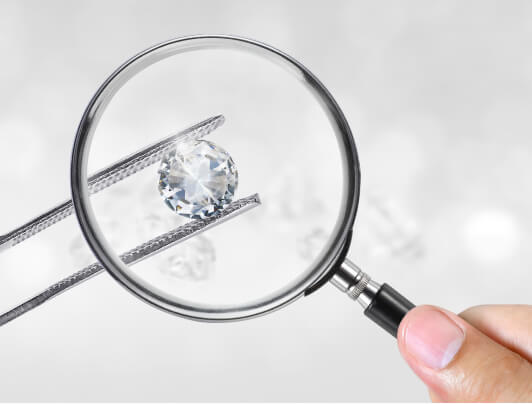
Are Lab-Grown Diamonds Real Diamonds?
"Yes, lab-grown diamonds are 100% real diamonds. They possess the same physical, chemical, and optical properties as natural diamonds. The only difference is their origin. Lab-grown diamonds are tested and certified by the same gemological institutions that grade natural diamonds, such as the Gemological Institute of America (GIA) and the International Gemological Institute (IGI).
In short, lab-grown diamonds are a true reflection of the same sparkle, durability, and brilliance that you would expect from natural diamonds—just produced with a modern, eco-conscious twist."
Why Lab Grown Diamonds?
Valuation
Mining Free
Quality
IGI and GIA Certified Diamonds
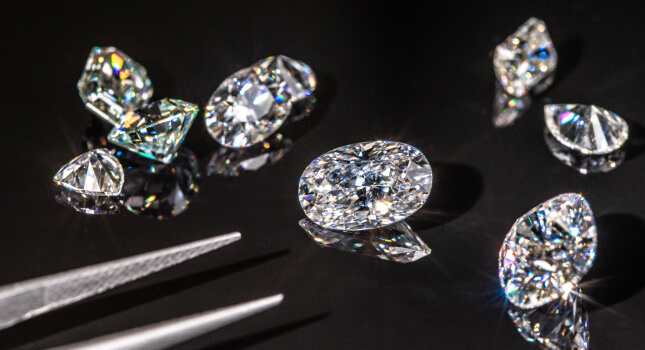
Lab Created Diamonds vs Natural Diamonds.
Lab created diamonds and natural diamonds both look like each other. They have the same characteristics, chemical and physical properties. The main difference between them is where they are formed. Lab created diamonds are crafted in laboratories with methods like HPHT and CVD within couple of weeks. Natural diamonds take millions of years to form through geological processes.
The manufacturing process of created lab diamonds is environment friendly and highly sustainable. Hence there is a rise in the demand of synthetic diamonds. The price of man-made diamonds is less than that of natural diamonds. It is impossible to tell the difference between the two visibly, hence certification is what matters here. The factors that are considered in both while making a buying decision are price, look, 4C’s, sustainability and value.
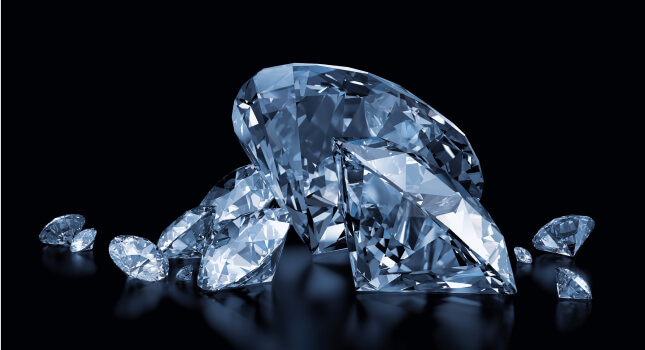
Lab Grown Diamonds vs Diamond Simulants.
Lab grown diamonds are real diamonds that have the same chemical structure as natural diamonds. They are grown in laboratories using advanced processes and technologies. Whereas diamond stimulants can be real or artificial and they have different physical properties even if they look like real diamonds.
Diamond simulants are rarely imperfect, but they lack in durability and brilliance. They are not precious and do not carry much value. The most popular diamond stimulants are Cubic Zirconia, Moissanite and Rhinestone. The difference between a lab grown diamonds and diamond simulant can be recognised based on the hardness, clarity, colour, carat, weight, cut and price.
Diamond Certifications

